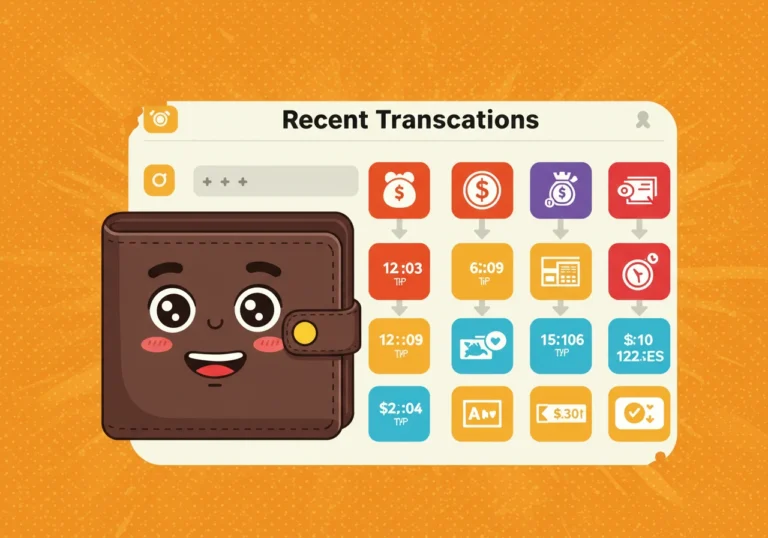The CBDC Showdown: How Digital Currencies Impact Crypto Privacy
Hi guys, I hope you are well. In this article I’ll talk about CBDC. I’ll explain what they are, why some people worry, and what we can do to protect our privacy. Let’s begin.
What is a CBDC?

CBDC stands for central bank digital currency. Imagine your physical cash replaced by a secure app on your phone. It’s still money backed by the government, but it exists only in digital form.
There are two main kinds:
- Retail CBDC — for everyday people like you and me. Think of paying for coffee or rent with digital cash.
- Wholesale CBDC — for banks and big institutions to move money faster between each other.
The reason central banks are exploring CBDC is simple: they want modern, fast, and reliable payments. They also want to keep up with private digital money and make sure everyone can access safe digital payments.
But the key question many people ask is about privacy. Who sees what you buy? Who keeps the record? And for how long?
Why privacy with CBDC matters to you
Money and privacy have always lived together. When that changes, people feel it in their bones.
- Personal safety. If someone can see your transactions, they might guess where you live, who you visit, or where you keep valuables. That can make you vulnerable.
- Freedom of choice. If donations or purchases are visible, people may stop supporting causes they care about. That chills speech and choice.
- Everyday dignity. We all buy small, private things that don’t need an audience. That should stay private.
Put simply: when money becomes easy to watch, people change how they act. That’s why design decisions for CBDC are a big deal.
How CBDC compare to crypto and cash

Not all digital money is the same.
- Cash is private. If I hand you a banknote, no one else sees that transaction.
- Many cryptocurrencies are transparent. Transactions are public on a blockchain, though names are often hidden behind addresses.
- CBDC can be built in many ways. They could be cash-like (private) or built for monitoring (transparent), depending on the design choices.
Governments often want tools to fight crime and fraud. That’s reasonable. But those same tools can be turned to mass surveillance if they are unchecked.
Real risks we should pay attention to
Here are some practical risks that come up with certain CBDC designs.
Centralized records
If a central authority stores every transaction, that database becomes a target. Hackers could breach it. Or the data could be misused inside the system.
Surveillance creep
Even if data is accessed for legitimate reasons, “temporary” access can become permanent without strong laws.
Programmable money
A CBDC could be coded to work only in certain ways: expire after a date, or only buy specific goods. That offers control but at the cost of freedom.
Cross-border sharing
If governments share transaction data internationally, your spending could be visible across borders.
Weak defaults
If privacy is not prioritized when a CBDC is built, restoring it later is hard. Early choices matter.
Designs that can protect privacy
Not all is doom. Technologists and some central banks are exploring designs that aim to preserve privacy while keeping safety.
Minimal data collection
Only store the information necessary for the system to work. Delete it when it’s no longer needed.
Anonymous tiny payments
Allow small, offline, or anonymous transactions — much like cash. This preserves everyday privacy.
Privacy technologies
Tools like zero-knowledge proofs let you prove you can pay without revealing details about the payment. These are technical, but they work, and several smart teams are testing them.
Transparent rules and oversight
Law and public oversight can prevent misuse. If laws set strict limits on who can see data and why, the system is safer.
Hybrid models
Some systems mix central control with decentralized elements. Hybrid designs can reduce single points of failure.
What the crypto community brings to the table
The crypto world isn’t only about speculation. It’s about building tools and pushing for privacy-aware systems.
- Developers build privacy wallets and coins that focus on anonymity.
- Researchers propose better CBDC architectures.
- Activists push for legal safeguards and audits.
This is a community effort. When people share open designs and invite audits, problems are spotted faster.
Practical steps you can take right now
You don’t have to be a tech expert to protect your privacy. Here are simple, practical actions anyone can take.
Use non-custodial wallets
Where possible, hold your private keys. That means you control your money without a middleman seeing your every move.
Separate accounts
Have different wallets for everyday spending, savings, and donations. This reduces how much one breach reveals.
Limit personal data
Don’t attach more personal information than needed to your accounts. Treat your crypto accounts like you would sensitive email accounts.
Support privacy policies
Follow discussions, read central bank proposals, and speak up when hearings happen. Public pressure influences design choices.
Learn basic privacy tools
A little knowledge goes a long way. Learn about privacy wallets or simple anonymizing features and use them.
A fair balance between safety and privacy
It’s understandable for governments to want to fight crime. No one wants money laundering or fraud. But safety and privacy are not enemies. We can design CBDC with both in mind.
Good laws, transparent systems, and privacy-first technology can keep us safe without turning money into a surveillance tool.
Short conclusion
The CBDC debate matters because money touches everything. It’s not only about speed or cost — it’s about how we live and what freedoms we keep. You have a say in this. Use it.
If you want, I can:
- Rewrite this piece to fit your blog’s tone, length, or audience.
- Make a short checklist for privacy wallets and services tailored to your country.
- Draft a polite public comment you can send to a central bank consultation.
Say which you prefer and I’ll get it ready.
Quick bullet points (for skimming)
- CBDC = central bank digital currency (digital cash).
- Privacy matters for safety, freedom, and dignity.
- Risks include centralized records, surveillance, programmable money, and cross-border sharing.
- Privacy-protecting designs: minimal data collection, anonymized small payments, privacy tech, legal limits.
- You can protect yourself by using non-custodial wallets, separating accounts, and supporting privacy policy.
FAQ
Q: Will all CBDCs remove privacy?
A: No. Designs vary. Some prioritize privacy, others prioritize traceability. The laws and technical choices shape the outcome.
Q: Can privacy be added later?
A: It’s harder later. Early design choices are crucial. That’s why public debate now matters.
Q: Should I stop using crypto if CBDCs appear?
A: Not necessarily. Crypto and CBDCs can coexist. Use tools that match your privacy needs.
Q: How can I follow local CBDC plans?
A: Check your central bank’s website, follow public consultations, and read summaries from reliable tech policy groups.
Table of Contents

Hello, I’m Edmilson Dias, founder of CoinBringer. I created this platform to guide people through the fast-moving world of cryptocurrency with clarity and safety. With years of research in blockchain and digital security, my goal is to translate complex topics into practical knowledge, offering reliable tutorials, safety insights, and guidance for both newcomers and experienced users.
Discover more from CoinBringer
Subscribe to get the latest posts sent to your email.







